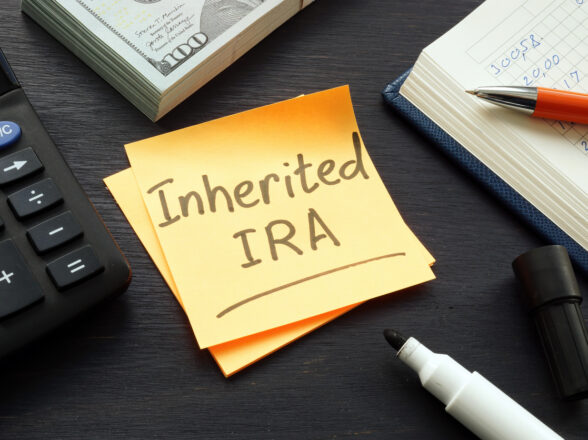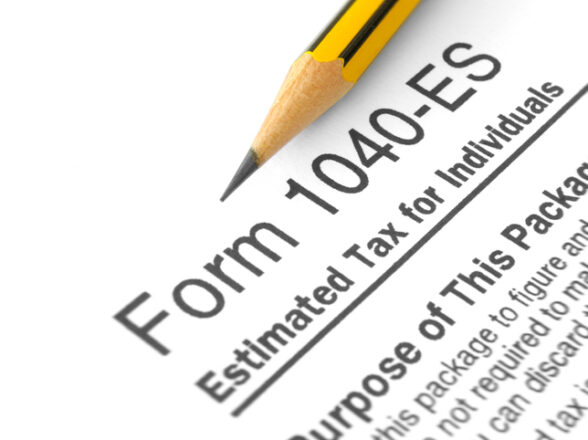Blog
The Tax Bill’s Expanded 529’s and New Child Accounts

Recent tax legislation has introduced transformative reforms to 529 college savings plans and established innovative child accounts, often referred to as “Baby Roth” accounts, providing families with enhanced tools to save for education and secure their children’s financial futures. These changes, part of the broader tax bill, aim to make 529 plans more flexible and accessible while creating new savings vehicles to address diverse financial needs. By expanding the scope of 529s and introducing child-focused accounts, the legislation responds to rising education costs, shifting career paths, and the demand for long-term financial security. However, challenges related to accessibility, equity, and systemic economic issues underscore the need for careful implementation to ensure these benefits reach all families.
The 529 plans have long been a cornerstone of education savings, allowing families to invest in tax-advantaged accounts where earnings grow tax-free when used for qualified expenses, such as college tuition, books, room and board, and, since earlier reforms, up to $10,000 annually for K-12 private school tuition. The new tax bill significantly enhances their versatility. It broadens eligible expenses to include costs for apprenticeship programs, such as trade and vocational training, recognizing the growing importance of non-traditional education paths in a rapidly evolving job market. This change aligns with the increasing demand for skilled trades, where programs like plumbing, electrical work, or advanced manufacturing offer viable career alternatives to four-year degrees. Most significantly, the legislation introduces a groundbreaking provision: unused 529 funds can now be rolled over into a Roth IRA for the beneficiary, with a lifetime cap of $35,000. This addresses a persistent concern for families who worried about “wasted” savings if their child chose not to pursue higher education or used only a portion of the funds. The Roth IRA rollover option ensures that 529 savings can support retirement goals, offering flexibility and encouraging broader participation in these plans without the fear of financial loss.
Equally transformative is the introduction of new child accounts, dubbed “Baby Roth” accounts, designed to foster financial security from an early age. These accounts allow parents to contribute up to $6,500 annually per child, with earnings growing tax-free. Unlike 529s, which are primarily tied to education, these accounts offer broader applications, permitting withdrawals for purposes such as higher education, home purchases, starting a business, or other major life expenses once the child reaches adulthood. Contributions are subject to income limits, similar to those for Roth IRAs, aiming to target middle- and lower-income families to promote equitable access. Advocates argue that these accounts could help narrow generational wealth gaps by providing young adults with a financial foundation, fostering financial literacy, and encouraging early savings habits. For example, a child with consistent contributions could amass significant savings by adulthood, easing the burden of student loans, home down payments, or entrepreneurial ventures.
The economic implications of these reforms are substantial. With 529 plan assets exceeding $500 billion in 2025, the expanded eligibility and Roth IRA rollover option could drive further investment, boosting national savings rates. The new child accounts, meanwhile, introduce a proactive approach to wealth creation, potentially reducing financial pressures for young adults in an era of soaring education and housing costs. These accounts could stimulate economic activity as funds are eventually spent on homes, businesses, or education, supporting local and national economies. For families, the flexibility of both 529s and child accounts offers peace of mind, allowing savings strategies to adapt to uncertain future needs, whether a child pursues college, a trade, or an entrepreneurial path.
Despite these benefits, challenges remain. The reforms may disproportionately favor higher-income families who can afford to save, even with income caps in place. Lower-income households, often constrained by immediate financial pressures like rent or healthcare costs, may struggle to contribute, potentially widening wealth disparities. The complexity of managing multiple savings vehicles—529s, child accounts, and other investments—could also deter participation without robust financial education initiatives. Moreover, while these reforms enhance savings options, they do not address systemic issues like escalating college tuition, which continues to outpace inflation, or stagnant wages for many families. Critics argue that without broader reforms, such as increased public investment in education or wage growth, the benefits of these accounts may remain out of reach for many.
In conclusion, the tax bill’s expansion of 529 plans and introduction of child accounts represent a forward-thinking approach to family financial planning. By enhancing flexibility and creating new savings opportunities, these measures address modern economic realities and diverse career paths. However, their success depends on equitable access, robust financial education, and broader efforts to tackle systemic costs, ensuring that all families can leverage these tools to build a brighter financial future for the next generation.
























































































